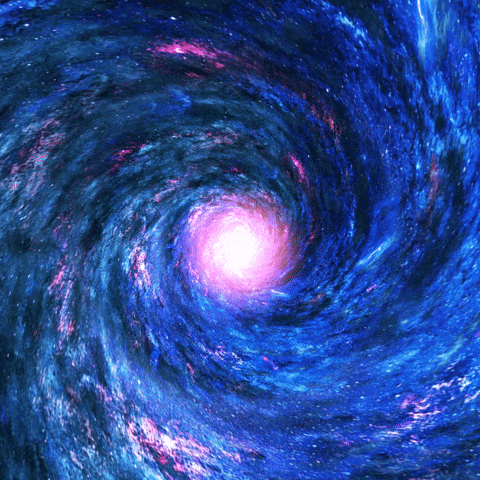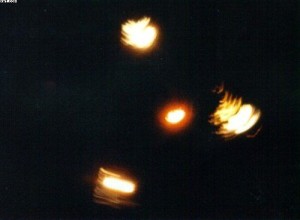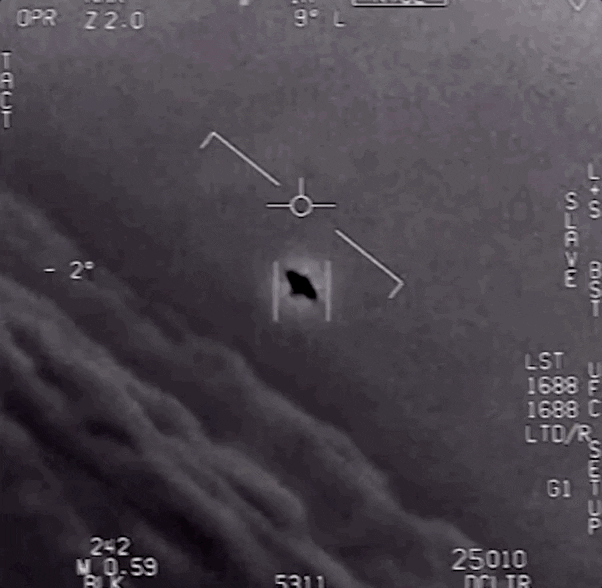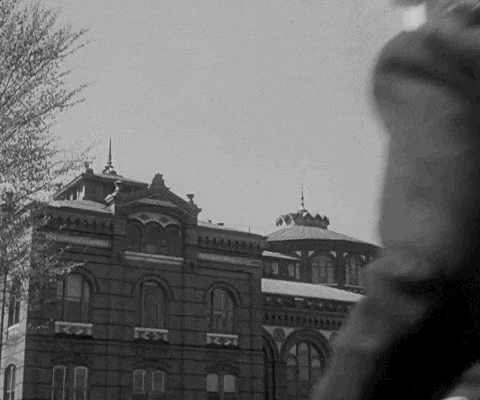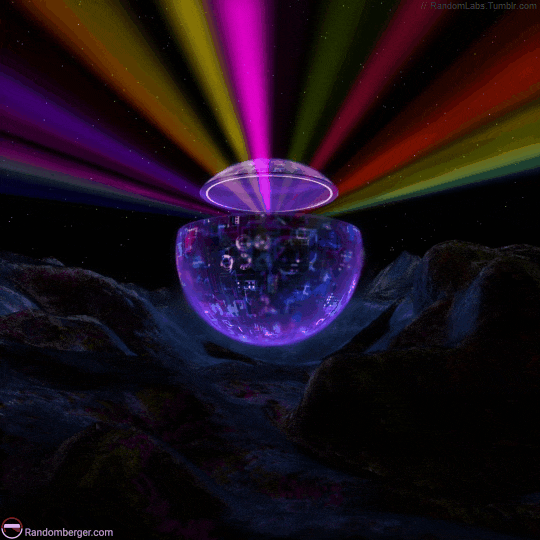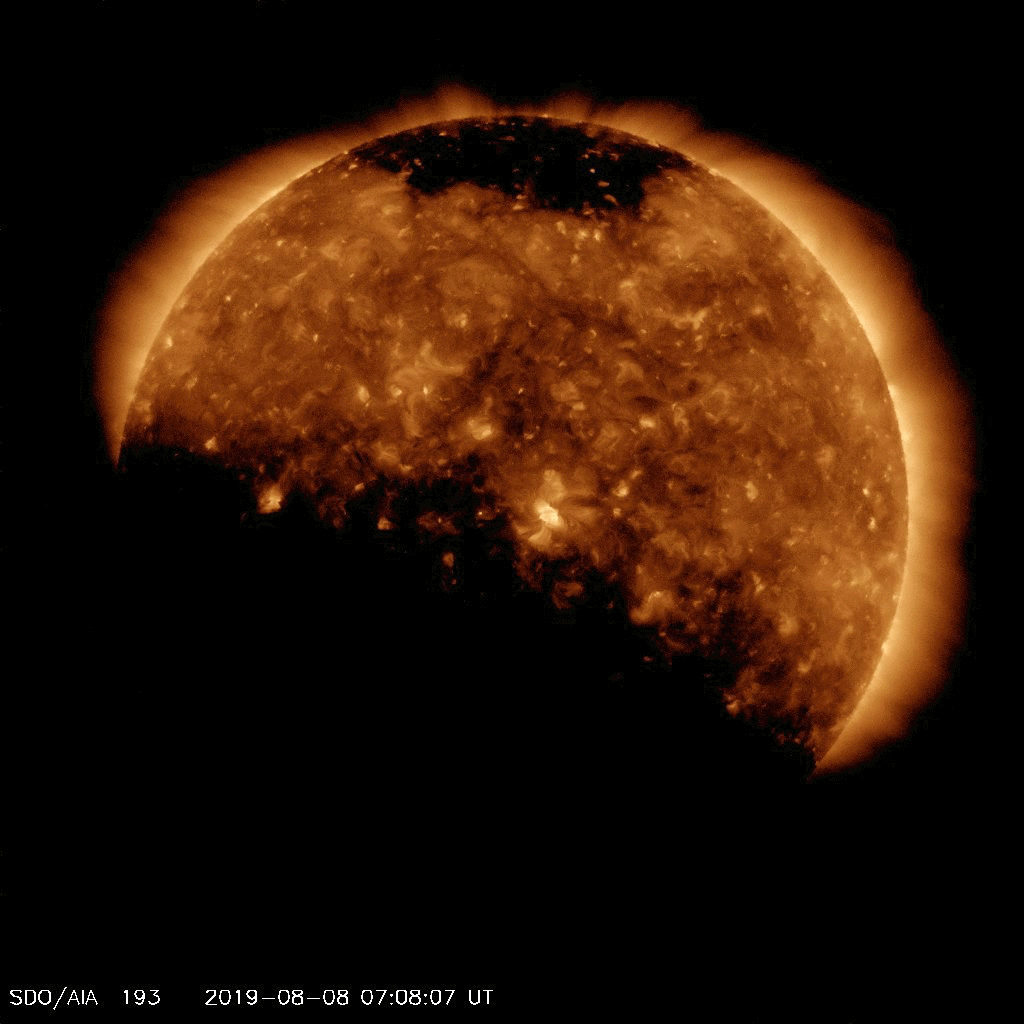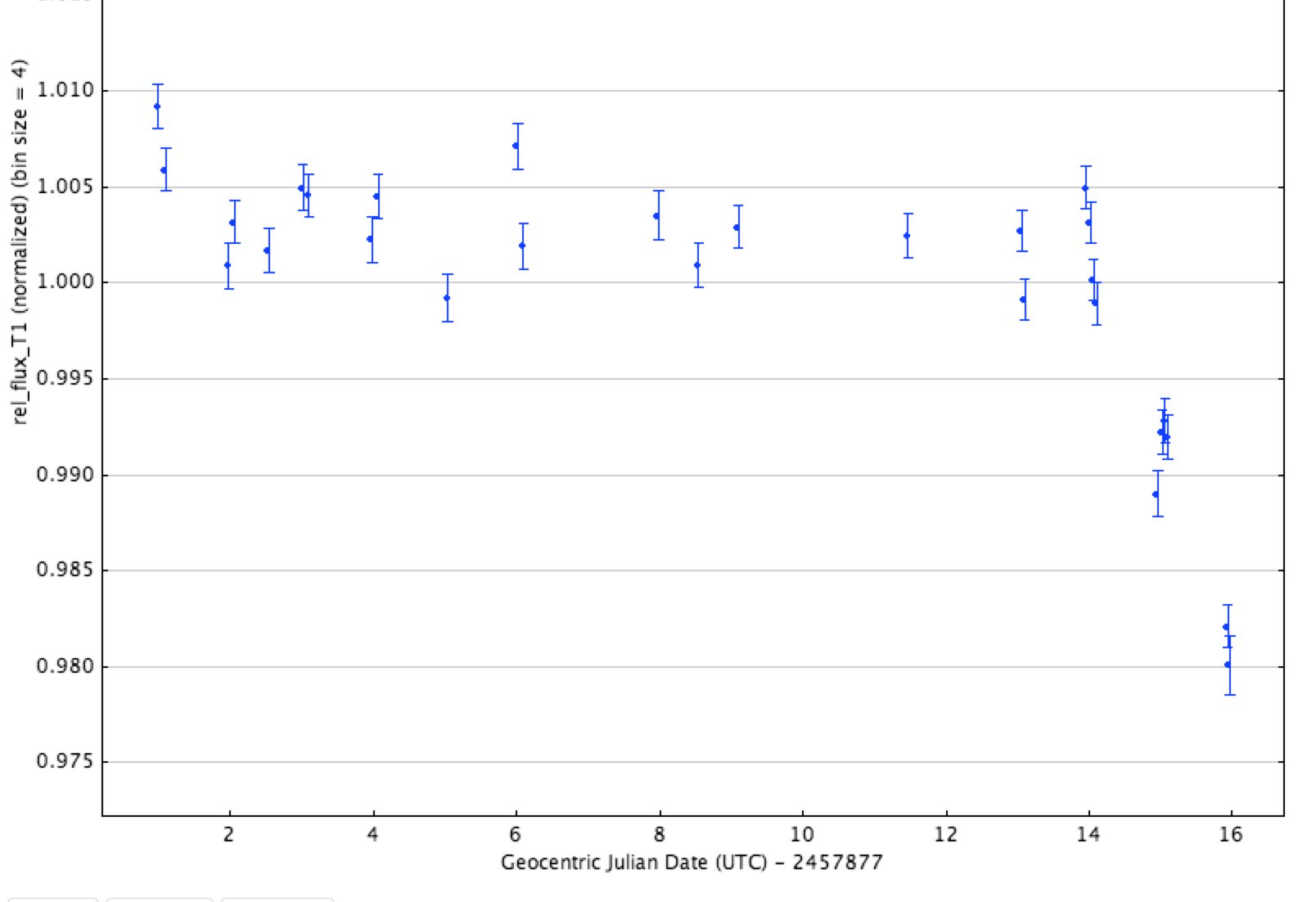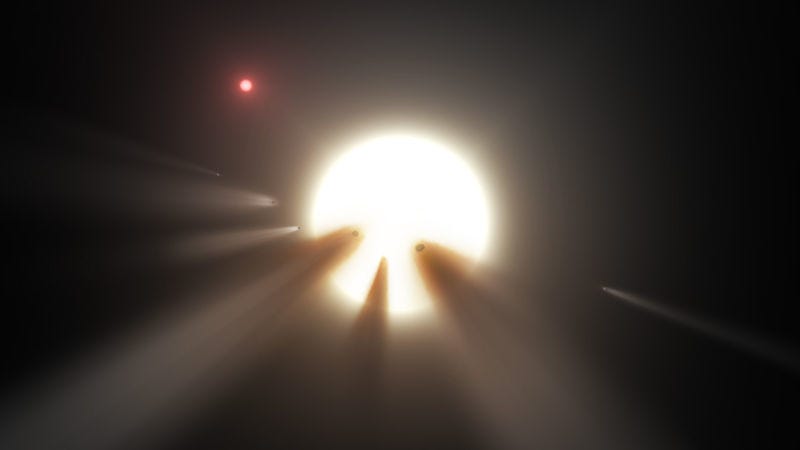
It’s almost certainly not aliens, but once again, Tabby’s Star is acting hella weird. The star that first became our planetary obsession back in the fall of 2015—when astronomer Jason Wright suggested its weird flickering behavior might be the result of an alien megastructure—is, once again, flickering. But unlike previous stellar glitches, astronomers are now prepared to study it in the act.
The world was first alerted to a alien signal mysterious change in the star’s light output in a tweet from Wright this morning.
ALERT:@tsboyajian's star is dipping
This is not a drill.
Astro tweeps on telescopes in the next 48 hours: spectra please!
As reported by Popular Science, Fairborn Observatory in Arizona confirmed that the star’s light output has recently dimmed by approximately 3 percent. As with previous dimming events, this can’t be easily explained by any ordinary stellar behavior. Past explanations for the star’s fits and starts include a swarm of cometary fragments, a recently-annihilated planet (full disclosure: my brother, an astronomer at Columbia University, came up with that one), and, every true believer’s favorite, an alien megastructure.
Tabby’s Star, or KIC 8462852 as it was first identified in the Kepler space telescope database, has confounded astronomers since its unusual light curve was first spotted by citizen scientists. Over four years of Kepler observations, the star’s light output intermittently tanked, dropping by roughly 20 percent on one occasion. The more astronomers looked at the star, the weirder things got. An analysis of old photographic plates hinted that the star’s light output diminished a whopping 19 percent over the 20th century, and a subsequent analysis of Kepler’s data seemed to confirm long-term dimming. It was soon decided that the only way to solve the mystery would be to observe the star in the act of dimming across the electromagnetic spectrum. Following a successful crowdfunding campaign by star-discoverer Tabetha Boyajian last spring, that’s exactly what astronomers have been gearing up to do.
Now, they’re wasting no time. A call is currently open for telescopes around the world, including amateur astronomers, to point their eyes at Tabby’s Star and watch how its light curve changes over the course of the ongoing dimming event. “Right now, we’re organizing lots of different telescopes,” Wright said in an interview with UC Berkeley’s SETI program, noting that observers on both Keck telescopes in Hawaii were going to look at Tabby’s Star tonight, along with, hopefully, folks at several other observatories elsewhere in the United States and around the world. “It should be a really exciting weekend.
As I’ve explained previously, Kepler’s data on Tabby’s Star consisted of a smear of white light. More precise measurements at different wavelengths could help us zero in on whatever material is actually occluding it. A spectra with high absorption in blue and ultraviolet wavelengths, for instance, could point to a giant blob of dust around the star, while an excess of infrared radiation may support the comet hypothesis.
But what would support the theory of a vast alien construction project? Only the most extraordinary evidence—although at this point, as long as the star continues to defy natural explanations, the nerds in the room can dream on.
@tsboyajian @NASAKepler @LCO_Global @
keckobservatory@AAVSO @nexssinfo @
NASA @NASAHubble @Astro_Wright@
BerkeleySETI @ESO BTW, do we know what % this dip is, or is it still in ingress?
@ajebson @NASAKepler @LCO_Global @
keckobservatory@AAVSO @nexssinfo @
Astro_Wright@BerkeleySETI @ESO its 2% in r' band and looks like its the start pic.twitter.com/TjJdSY2ar9
Exciting stuff! I’ve reached out to Boyajian and Wright for comment on what the next steps are, and I’ll update this post if I hear back. If you’re keen to learn more right now, SETI’s hour-long conversation with Wright today, embedded above, is chock full of additional information.
[h/t Popular Science]


